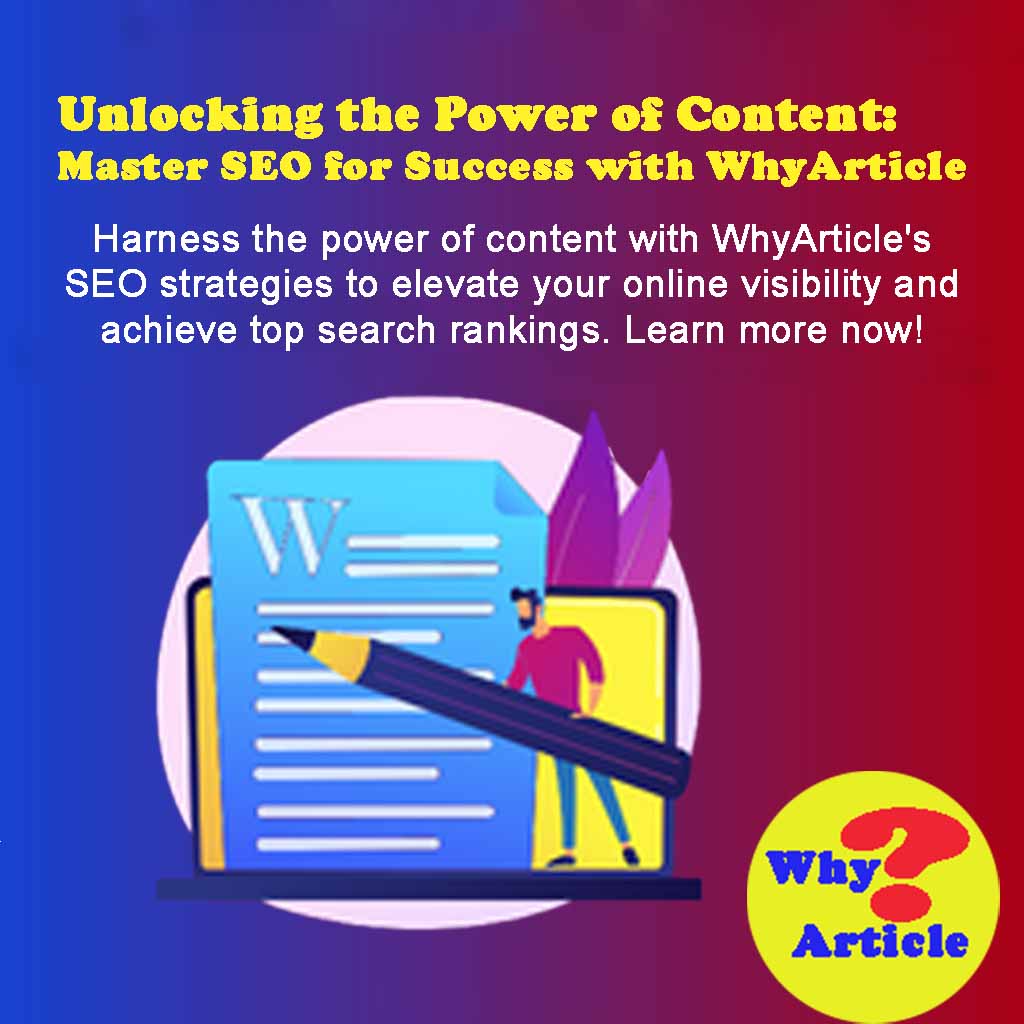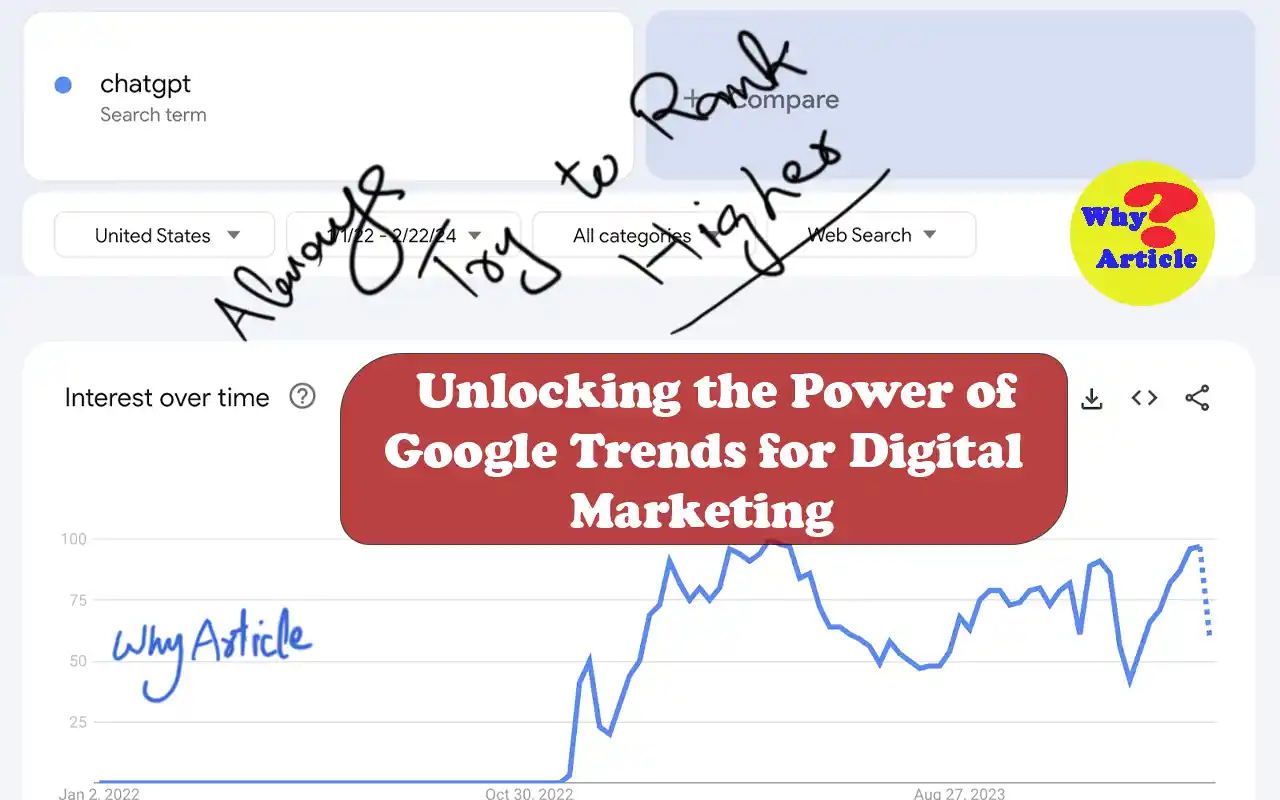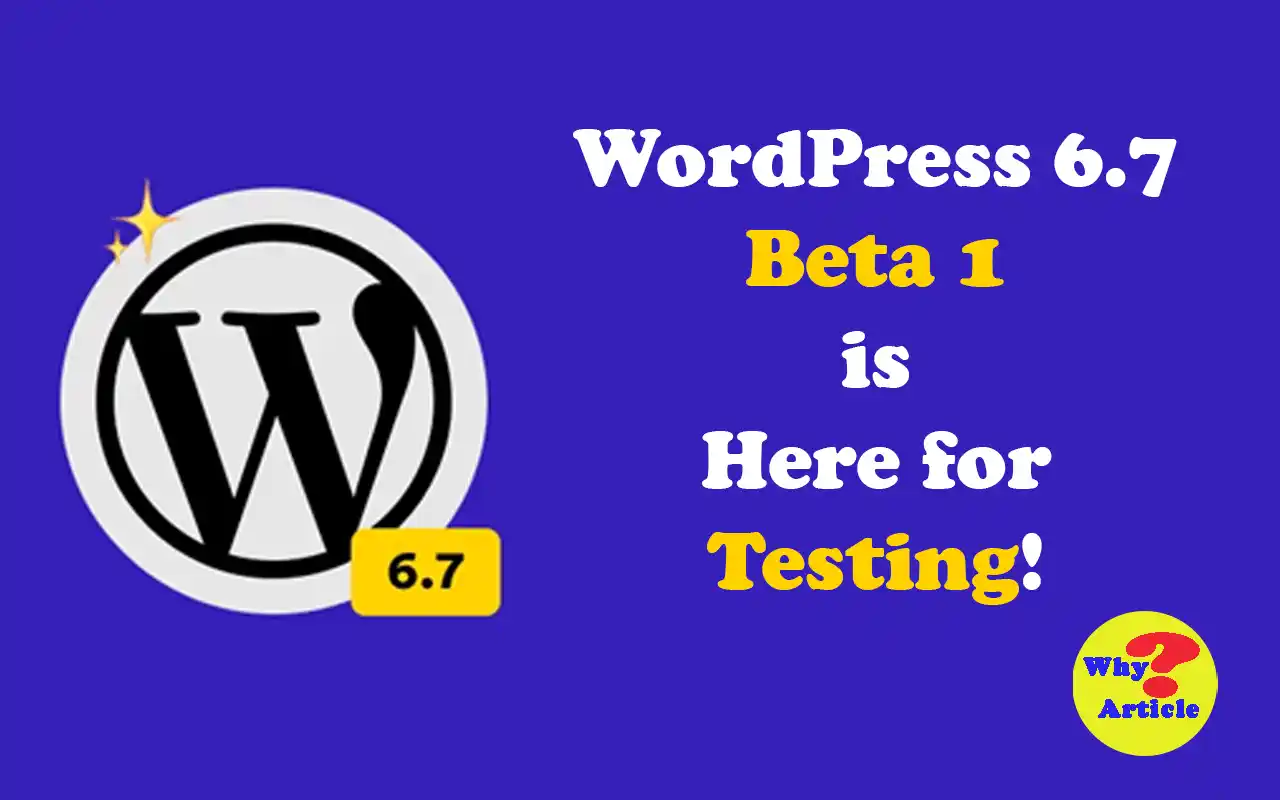Maximizing SEO: The Ultimate Guide to Content Optimization
In the online world, getting noticed is a tough game. That’s where Search Engine Optimization (SEO) comes in. It’s all about making your website shine in search engine results. The secret weapon? Content optimization. This strategy can rocket your website to the top. In this easy-to-follow guide, we’ll explore the power of content and content optimization. We’ll give you the know-how and tools to boost your online visibility and get real results.
Understanding Content Optimization
Content optimization is like fine-tuning your website’s content to match what search engines and users are looking for.
By smartly using the right keywords, making your content easy to read, and offering useful information, you can make your website stand out and be more relevant in search results.
Content optimization is like tuning a radio to the right station. Just as you adjust the dial to get a clear signal, you adjust your website’s content to align with what search engines and users want.
This involves using the right keywords – these are the words or phrases that people type into search engines when they’re looking for something.
But it’s not just about keywords. Your content also needs to be easy to read and packed with useful information.
This way, you’re not only attracting users to your website, but you’re also keeping them there with your engaging and valuable content.
The result? Your website becomes more visible and relevant in search results, helping you stand out in the crowded online world.
Also: Why is Evergreen Content Important for SEO and What is it?
Crafting Compelling Content
The key to good content optimization is making engaging and helpful content.
Whether it’s interesting blog posts or eye-catching product descriptions, every bit of content on your site should have a purpose and connect with your audience.
By knowing what your audience wants and likes, you can make content that not only grabs attention but also builds strong relationships and encourages action.
Think of making content like cooking a meal for friends. You want to prepare something that not only looks good but also tastes great and suits their preferences.
In the same way, your content should be visually appealing (interesting headlines, good layout), substantial (provides valuable information), and tailored to your audience’s taste (relevant to their interests and needs).
And just like a well-cooked meal can bring friends together and create memorable moments, good content can build strong connections with your audience and leave a lasting impression.
Also: Why Content Strategy is Important for Success? 6 Key Reasons you Need to Know
Keyword Research and Integration
Keywords are the building blocks of a good content optimization plan.
Doing deep keyword research helps you find the right words and phrases your audience is looking for.
By smartly adding these keywords into your content – like in headings, titles, and meta descriptions – you can show search engines that your website is a helpful place for users looking for specific info or answers.
Imagine keywords as clues in a treasure hunt. They guide your audience – and search engines – to your content, the hidden treasure.
Doing keyword research is like decoding these clues. You find out what words or phrases your audience uses when they’re searching for something.
Once you have these ‘clues’, you sprinkle them throughout your content – in the headings, titles, and meta descriptions.
This way, when your audience or search engines follow these clues, they’re led straight to your treasure – your valuable content.
Also: Why Backlinks are Important: Unlocking the Power of Backlinking
Making Your Content Easy to Read and User-Friendly
Besides using the right keywords, it’s also important to make your content easy to read and user-friendly.
Use simple language, divide your text with subheadings and bullet points, and add multimedia like images and videos to make your content more engaging.
By making your website easy to navigate, you can keep your visitors around longer and increase the chances of taking action and clicks.
Think of your content like a well-organized book. It’s not just about the story (or in this case, the keywords). It’s also about how the story is told.
The language should be simple enough for everyone to understand. The text should be divided into sections with subheadings, like chapters in a book, and bullet points, like a summary at the end of each chapter.
Adding images and videos is like adding illustrations to make the book more interesting.
And just like a book, your website should be easy to navigate. This way, your visitors will want to stay longer and they’ll be more likely to do something, like buy a product or sign up for a newsletter.
Also: Why Your Website is not Showing up on Google and Solutions of This
Optimizing Technical Elements
Apart from creating content, it’s also important to fine-tune the technical parts of your website like how fast it loads, how well it works on mobile devices, and how your URLs are structured.
Make sure your website loads quickly on all devices, is mobile-friendly, and has clear and descriptive URLs.
This can help search engines find and index your website more easily.
By taking care of these technical details, you can improve how your website performs and how visible it is in search results.
Think of these technical elements like the backstage crew in a theater production. They might not be in the spotlight, but they’re crucial for the show (or in this case, your website) to run smoothly.
The site speed is like the stagehands who move the sets quickly and efficiently.
The mobile responsiveness is like the sound and lighting crew who make sure everything looks and sounds good no matter where you’re sitting.
And the URL structure is like the program that guides you through the show.
By making sure these elements are all working well, you can ensure a great performance that leaves your audience (or users) wanting more.
Also: Maximize Your Earnings: 10 Proven Google AdSense Strategies for Enhanced Website Monetization
Conclusion
In conclusion, mastering SEO and content optimization is like preparing for a grand theater show.
From the script (keywords and engaging content) to the stagehands (site speed and mobile responsiveness), every element plays a crucial role in the success of the show (your website).
By fine-tuning these elements, you can ensure a stellar performance that not only attracts an audience (users) but also earns rave reviews (top search engine rankings).
So, take the center stage with confidence and let your website shine in the spotlight of online success.
Frequently Asked Questions
Content optimization involves fine-tuning your website’s content to align with search engine algorithms and user intent, thereby enhancing visibility and relevance in search results.
Keyword research allows you to identify relevant terms and phrases that your target audience is searching for, enabling you to strategically integrate these keywords into your content for improved search engine visibility.
To enhance readability and user experience, utilize clear and concise language, incorporate subheadings and multimedia elements, and ensure seamless navigation across all devices.
Key technical elements to optimize for SEO include site speed, mobile responsiveness, secure and accessible URLs.





Saved as a favorite, I like your website!
Your style is really unique in comparison to other
people I’ve read stuff from. Thank you for posting when you have the opportunity, Guess
I will just book mark this web site.
Great post! We are linking to this great content on our site.
Keep up the great writing.
Your point of view caught my eye and was very interesting. Thanks. I have a question for you.
Ahaa, its fastidious conversation on the topic of this article here at this
weblog, I have read all that, so at this time me also commenting here.
Wonderful web site. A lot of helpful information here.
I am sending it to some buddies ans also sharing in delicious.
And obviously, thanks to your sweat!
whoah this blog is excellent i really like studying your posts.
Keep up the good work! You understand, lots of individuals are hunting round for this information, you could help them greatly.
Your point of view caught my eye and was very interesting. Thanks. I have a question for you.
Good web site you have here.. It’s difficult to find
excellent writing like yours these days. I honestly appreciate people like
you! Take care!!
Pretty! This was an extremely wonderful article.
Thanks for supplying this info.
Thank you for any other wonderful article. The place else may just anybody get that kind of information in such a perfect
means of writing? I’ve a presentation subsequent
week, and I am on the search for such info.